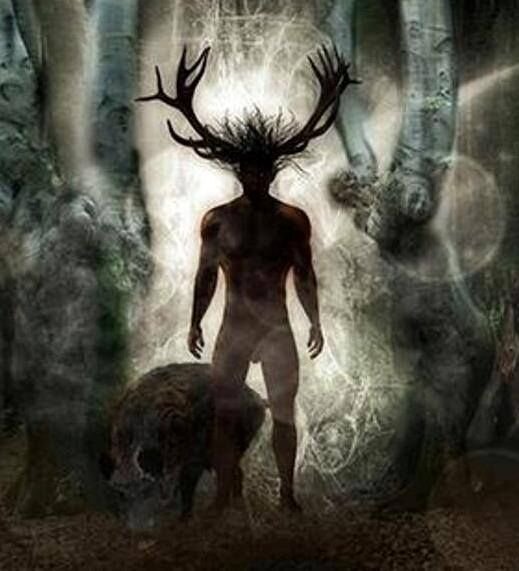Many of the popular religions in the world have books of wisdom that share quotes and messages on how to live the best life. These words of wisdom are treasured and are often shared in conversion and around the home in the form of decorative artwork. Even many YouTubers I admire such as Girl in Calico or Girl and the Word usually accent their videos with a favorite psalm or two.
As a Pagan I thought I would be limited to just the written stories of the Gods and that I might need to work a bit extra hard to piece together phrases of wisdom that could apply to my modern day struggles and joys. Though the more I learned about Paganism I discovered that there are in fact many written sources that can provide us with this daily wisdom.
Today I’d like to share a few quotes from one of my favorite sources of Pagan knowledge -- The Hávamál. The Hávamál is a collection of Old Norse poetry from the Viking Age. It is an important document that reveals the philosophy, ethics, and wisdom of the Norse Pagans. The poems are said to be written by Odin himself and regardless of if that is true or not, I definitely feel connected to Odin when I read these words:
“Rise early
If you have no one to work for you,
And get straight to work.
You loose more than time
If you sleep when it dawns;
For the early riser, wealth is half-won”
“A man needs wisdom
If he plans to wander widely;
Life is easier at home.
He’ll be laughed at
If he sits among the wise
And has nothing to say.”
“A traveler cannot bring
A better burden on the road
than plenty of wisdom.
It will prove better than money
In an unfamiliar place--
Wisdom is the comfort of the poor”
“Don’t hold on to the mead-horn,
But drink your fair share.
Say something useful or stay quiet.
And no one else
Will judge you poorly
If you go to sleep early.”
“If you want to be very wise,
Be happy at home,
And cheerful with guests.
Cultivate wisdom,
A good memory, and eloquence,
And speak kind words often.
You’ll be called a fool
If you can’t say much--
That’s the mark of the unwise”
“What you ask of the runes
Will prove true;
They are of divine origin,
Made by the mighty Gods
And painted by Odin.
You’ll learn best with your mouth shut.”
“I was young once,
I walked alone,
And I became lost on my way.
I felt like I was rich
When I met another traveler--
People’s joy is in other people.”
I hope you liked this post and that it brought a little extra joy into your life. One of the things that really strikes me about the Hávamál is the number of passages about the importance of friendship and community. So I just want to take a moment to say thank you for being a part of my community. Each day I’m excited to see that more and more people are curious and interested in the pagan path and I’m honored to be a part of this growing movement.
Many Blessings,
Scarlet

























